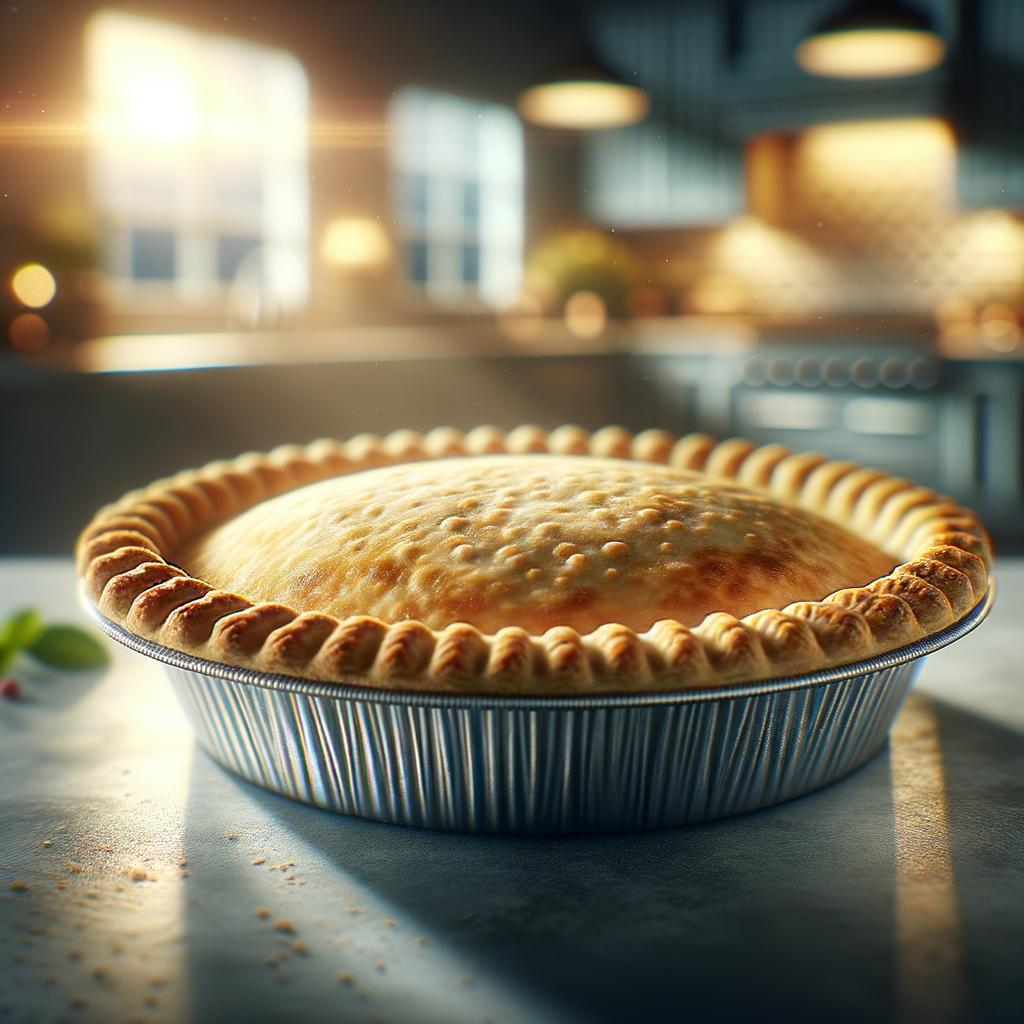Pie Crust

Description
Pie crust, also known as pâte brisée in French, is the foundation of every good pie. It has a delicate, flaky texture that crumbles delightfully in every bite, and a subtle, buttery flavor that serves as a perfect backdrop to both sweet and savory fillings. The crust's appearance is a golden brown hue when baked, with the edges often crimped or decorated to create an appealing visual presentation. What sets pie crust apart from other similar pastry bases is its versatility. It can be made to be flaky or mealy, sweet or savory, depending on the desired end result.
Primary Uses
Pie crust is most commonly used as the base for a wide variety of pies, from the sweet apple and cherry pies to savory chicken pot pies and quiches. It's a staple in many cuisines, particularly in American, British, and French cooking. Beyond pies, pie crust is also used in tarts, galettes, and even as a crumbly topping for casseroles. In non-culinary uses, pie crust has a cultural significance, often associated with comfort, home, and holiday celebrations.
History
Pie crust has a rich and varied history. The concept of encasing food in a pastry shell dates back to ancient times. The Romans are credited with popularizing the technique, but it was the British who truly made pie crust a culinary art form during the Middle Ages. Back then, the crust was known as a 'coffyn' and was often discarded rather than eaten. Over time, the crust evolved into an edible and enjoyable part of the dish. There's a romantic notion tied to pie crust, as it's often associated with home, family, and tradition. Each family has its own treasured pie crust recipe, passed down through generations, each with its own story to tell.
Nutritional Information
Pie crust is high in calories due to its butter or shortening content, with a typical serving providing about 100-150 calories. It is also a source of carbohydrates, fats, and proteins. However, it is low in vitamins and minerals, with small amounts of iron and calcium. While it's not the most nutritious ingredient, moderation is key. One can also opt for healthier versions made with whole wheat flour or alternative fats like coconut oil. When compared to other pastry bases, pie crust tends to have a higher fat content, contributing to its unique, flaky texture.
In the end, pie crust is not just an ingredient, but a canvas for culinary creativity. It carries with it stories of the past and continues to create memories in the present, one delicious pie at a time.

